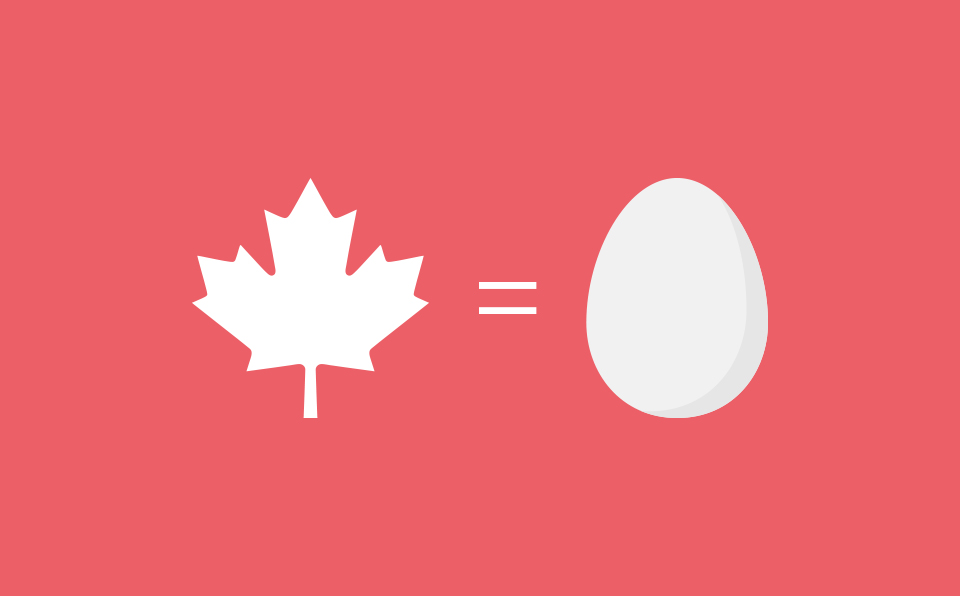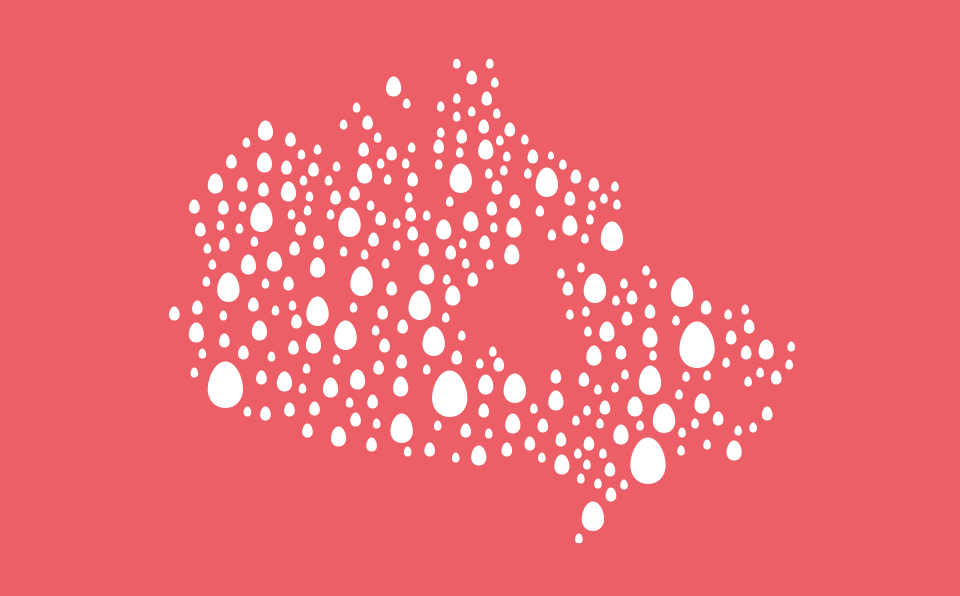
Supply management 101
By Egg Farmers of CanadaSupply management is an innovative system that matches Canadian demand with made-in-Canada eggs. It means Canadians have access to a consistent supply of fresh, local and high-quality eggs, while ensuring farmers earn a fair return for their work.
There’s so much more to know about this important made-in-Canada policy, and the positive impact it has on all of us. Here’s how it works and how it benefits Canadians:
How supply management works
To work efficiently and effectively supply management relies on three pillars, each one equally important in ensuring that the system operates smoothly.
The first pillar is production management

To match the supply of eggs to demand from consumers on an annual basis, egg farmers use a quota system. This approach measures an array of variables to answer one question: how many eggs will we need to produce to match Canadian demand?
The calculation takes into account a range of factors like per capita egg consumption, trends in the market, trade agreements and changes in our Canadian population, among other factors.
The second pillar is import control

Planning egg production to match demand means taking into account the number of eggs that can enter Canada under current trade agreements. Our country chooses to use Tariff Rate Quotas (TRQs) to keep imports predictable. TRQs act like a dam because we are required to import a certain amount of eggs into the Canadian market—think of that as when the dam is open. Once that amount comes in at a low tariff, the dam closes and a tariff is applied to imported eggs beyond the predetermined amount.
You can read more on the role of trade in supply management in our interview with Judi Bundrock, our Director of International Trade Policy.
The third pillar is producer price

The third pillar refers to the price farmers receive for a dozen eggs.
The cost to produce a dozen eggs is calculated by examining the expenses necessary for its production. The results are used to set the producer price, which ensures farmers earn a fair return that covers their labour and investment, and supports the long-term sustainability of their farms.
Why is supply management good for you?
Put simply, by protecting the three pillars of supply management, we can assure that the majority of eggs that are enjoyed in Canada are also produced in Canada to Canadian standards. Canadians want this to be the case: 92% of Canadians say it’s important that the eggs they purchase come from Canada.1
It also means family farms and rural communities in Canada can continue thriving for generations to come. Your support for our system of supply management keeps our egg economy strong. It’s that simple.
1 Léger. Supply Management Survey, 2018.